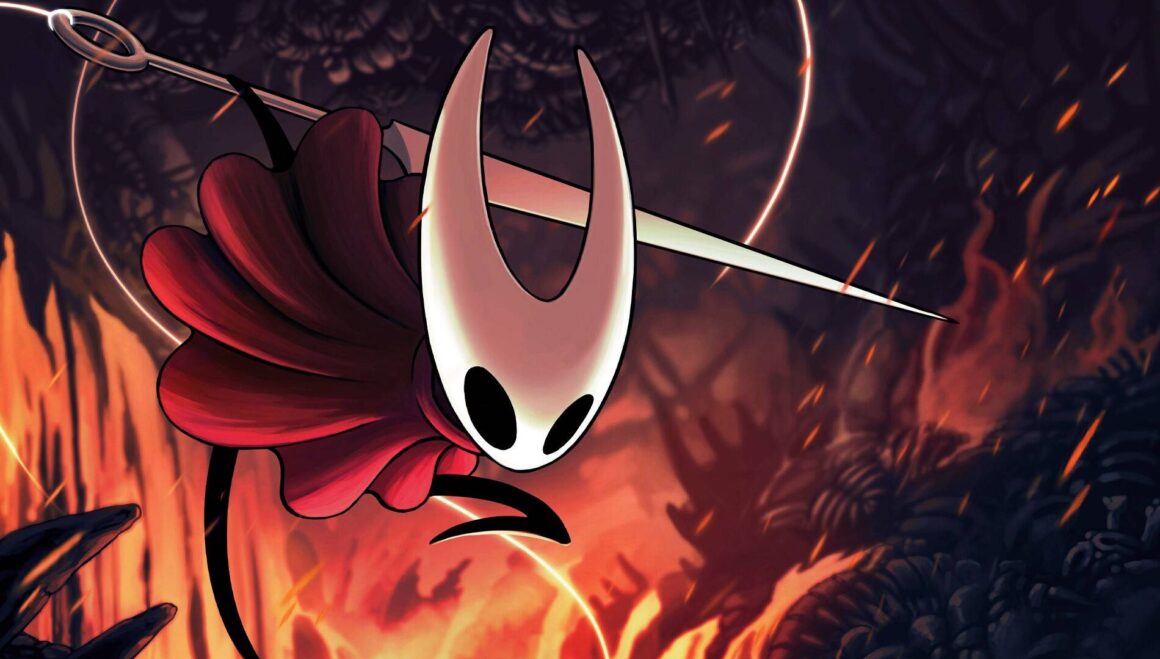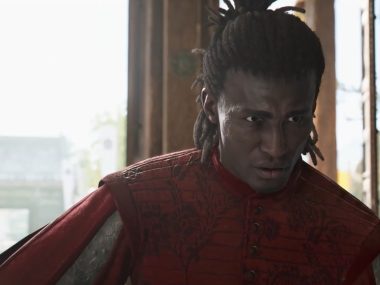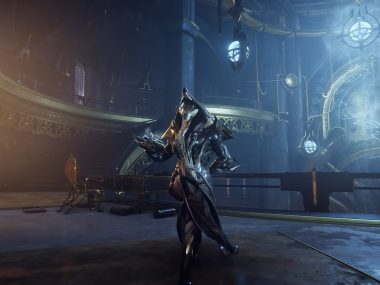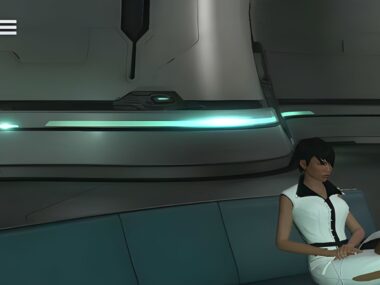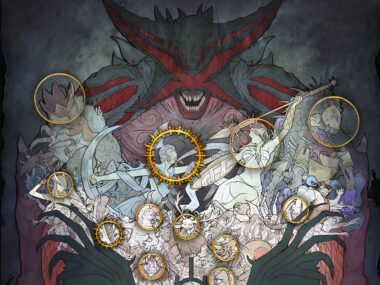The wait is almost over. After seven years, Hollow Knight: Silksong will finally release on September 4th for PlayStation 4, PlayStation 5, Xbox One, Xbox Series X/S, Nintendo Switch, Windows, Linux, and macOS.
For many fans, the delay became a meme. It seemed like one of the most wishlisted games on Steam might never arrive. Now that Team Cherry has explained why development took so long, it makes one wonder if we should change how we think about delays in the gaming industry.
From DLC to Monster Sequel
Originally, Silksong wasn’t supposed to be a sequel. It began life as a DLC for 2017’s Metroidvania game Hollow Knight. Then ambition took over. Developers kept coming up with new bosses, multiple towns, a bigger, more fleshed out world. It wasn’t long until the project ballooned until it could no longer fit inside the box of “extra content.” What was supposed to be an add-on became a full-blown follow-up.
Small Team, Big Ambitions
The game’s scope expanded so much that Team Cherry’s small size became both their strength and their weaknesses. Co-founders, Ari Gibson and William Pellen wanted to keep their team size small to preserve the creative process that helped build the first game. Every new idea added polish but also pushed release further into the distance. While that idea is great in theory, a bigger game made by a small team will always take longer.
There wasn’t a crisis, no canceled builds, no internal meltdowns. Just a slow, deliberate process of building, testing, and refining. Team Cherry admitted they underestimated how much work each new feature would take. They wanted Silksong to not just match but surpass the original Hollow Knight.
Why No One Put Their Foot Down
If fans were waiting years and growing restless, why didn’t someone inside Team Cherry just say, “Hey, let’s finish this up, okay”?
The answer is baked into how the studio works. There isn’t a boss or publisher pressuring deadlines. The co-founders make decisions together, valuing creativity and enjoyment over timelines. By design, there was never an authority figure whose job was to rein them in.
In fact, Team Cherry actively tuned out the noise online. While fans speculated, raged and made clown memes, the developers stayed focused. Their goal was to make the game they wanted, not the game fans demanded on a schedule.
Who’s Responsible for the Wait?
Silksong’s development sparks a bigger debate in gaming. Do fans need to accept that long waits are part of the deal?
Game development, especially by small, independent teams, is unpredictable. Expanding scope and perfectionism almost guarantee delays. If we want groundbreaking, polished games, maybe we also need to embrace patience.
Or do developers need to be more disciplined and honest? When studios announce timelines or tease a game’s release for years, they’re setting expectations. If developers can’t realistically predict a release date, they should resist making any kind of promise at all.
Team Cherry prioritized vision over deadlines. That choice may result in a masterpiece, but it also left fans feeling strung along for nearly a decade.
The Longest Wait in Gaming
Why did Silksong take seven years? A DLC became a sequel, a sequel became massive, and a small team refused to compromise.
The story of Silksong is about how we, as gamers, handle hype and expectation. Maybe patience really is the price of artistry. Or maybe developers need to resist promising release windows they can’t possibly hit.
Either way, Hollow Knight: Silksong will finally be released this year. The wait is almost over and soon, we’ll see if the game was worth the years of frustration.
